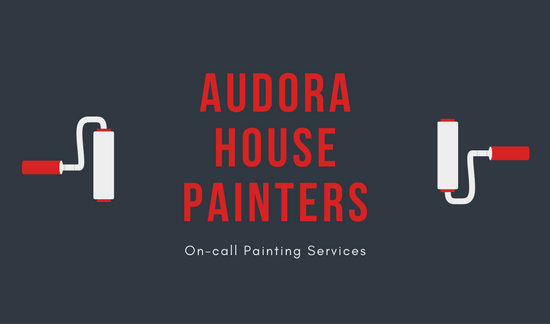The Relevance Of Climate In Commercial Outside Painting: What You Must Be Aware Of
The Relevance Of Climate In Commercial Outside Painting: What You Must Be Aware Of
Blog Article
Article Written By-Fabricius Kidd
When you're preparing a commercial exterior painting job, don't underestimate the effect of climate on your results. You need to take into consideration factors like temperature level, humidity, and rainfall, as they can make or break your paint job. For example, did you understand that suitable conditions call for specific temperature level ranges and humidity levels? Stopping working to check these aspects can lead to unequal coatings and even damages to fresh paint. Recognizing these components is crucial to accomplishing a resilient, professional result. So, what particular climate condition should you be wary of?
Temperature level Considerations
When it comes to industrial external paint, temperature level plays a crucial role in the end result of your project. If you're repainting in extreme warmth, the paint can dry also promptly, bring about problems like bad bond and irregular coatings. You intend to go for temperature levels in between 50 ° F and 85 ° F for the best outcomes. Below 50 ° F, paint might not heal properly, while above 85 ° F, you take the chance of blistering and splitting.
Timing your job with the best temperature levels is essential. Beginning your job early in the morning or later in the mid-day when it's cooler, specifically throughout hot months.
Additionally, consider the surface area temperature level; it can be dramatically higher than the air temperature, especially on sunny days. Make use of a surface area thermometer to check this before you start.
If temperature levels are unforeseeable, keep an eye on the weather report. Unexpected temperature level decreases or warm front can hinder your strategies. You don't want to begin painting just to have the conditions transform mid-project.
Moisture Degrees
Moisture degrees considerably affect the success of your industrial external paint project. When the humidity is expensive, it can hinder paint drying out and healing, causing a series of problems like poor adhesion and finish quality.
If painting services portland me preparing a work throughout wet problems, you might locate that the paint takes longer to completely dry, which can expand your task timeline and rise prices.
On the other hand, reduced moisture can also present obstacles. Paint might dry out as well promptly, preventing appropriate application and causing an irregular surface.
You'll intend to keep track of the moisture levels closely to ensure you're working within the suitable range, generally between 40% and 70%.
To get the most effective outcomes, consider making use of a hygrometer to gauge humidity before beginning your project.
If you find the levels are outside the ideal array, you might need to adjust your schedule or pick paints made for variable conditions.
Always speak with the producer's guidelines for particular suggestions on moisture tolerance.
Rainfall Impact
Rainfall or snow can significantly interrupt your commercial external paint strategies. When rainfall occurs, it can remove fresh used paint or create an uneven coating. Ideally, you intend to select days with completely dry weather to guarantee the paint adheres properly and treatments successfully. If you're caught in a rain shower, it's best to halt the job and wait for problems to improve.
Additionally, snow can be a lot more destructive. Not only does it produce a damp surface, however it can additionally decrease temperatures, making it tough for paint to dry. This can lead to problems like peeling off or blistering down the line.
It's critical to examine the weather forecast before starting your project. If rain or snow is anticipated, take into consideration rescheduling.
Always keep in mind to permit appropriate drying time in between layers, specifically if the weather condition remains unpredictable.
Read Full Report
To conclude, watching on the weather is crucial for a successful business external paint task. By keeping house painting of temperature, moisture, and precipitation, you can guarantee the very best conditions for application and treating. Remember to plan your job around beneficial climate and constantly adhere to producer standards. With the ideal technique, you'll achieve a lasting, attractive coating that can stand up to the components. Don't let the weather condition catch you off guard-- remain informed and paint clever!
